In menswear, one of the most consistently confusing topics is the correct sleeve length of shirts, jackets and suits. How long should each be, and how do you effectively combine them?
Having the correct sleeve length of your shirts and jackets is a subtle hallmark of a menswear expert; it reflects attention to detail and a dedication to getting the look just right. It’s also not an area that you can get away with NOT paying attention to; sloppy sleeve length can make you look like a boy who outgrew or borrowed his clothes. Unfortunately, sleeve length seems to be a gray area in which anyone can claim to be an expert, no matter how much or how little they know about dressing well. Often, rules are cited and absolute measurements are provided, though most forget that the look of the sleeve-cuff conjunction is not only about the length. It is also about the right fit and the harmony of the interaction between the two garments. To make sure your sleeves are all the right length for you, we’ll start by taking a deep dive into the length of shirt sleeves, which starts with evaluating the features of the shirt to find the right ones before you buy. Then, we will move on to jackets and how to best pair them with shirt sleeves for the best possible combination.What is the Correct Shirt Sleeve Length?
The answer is that your shirt cuff should fall to the base of the thumb, but that requires many considerations to get it right. Basically every feature of a dress shirt – the cut, the armhole size, the cuff button placement, the width of the cuff – will affect the length of the shirt sleeve. Let’s review how each element affects the sleeve length of a dress shirt.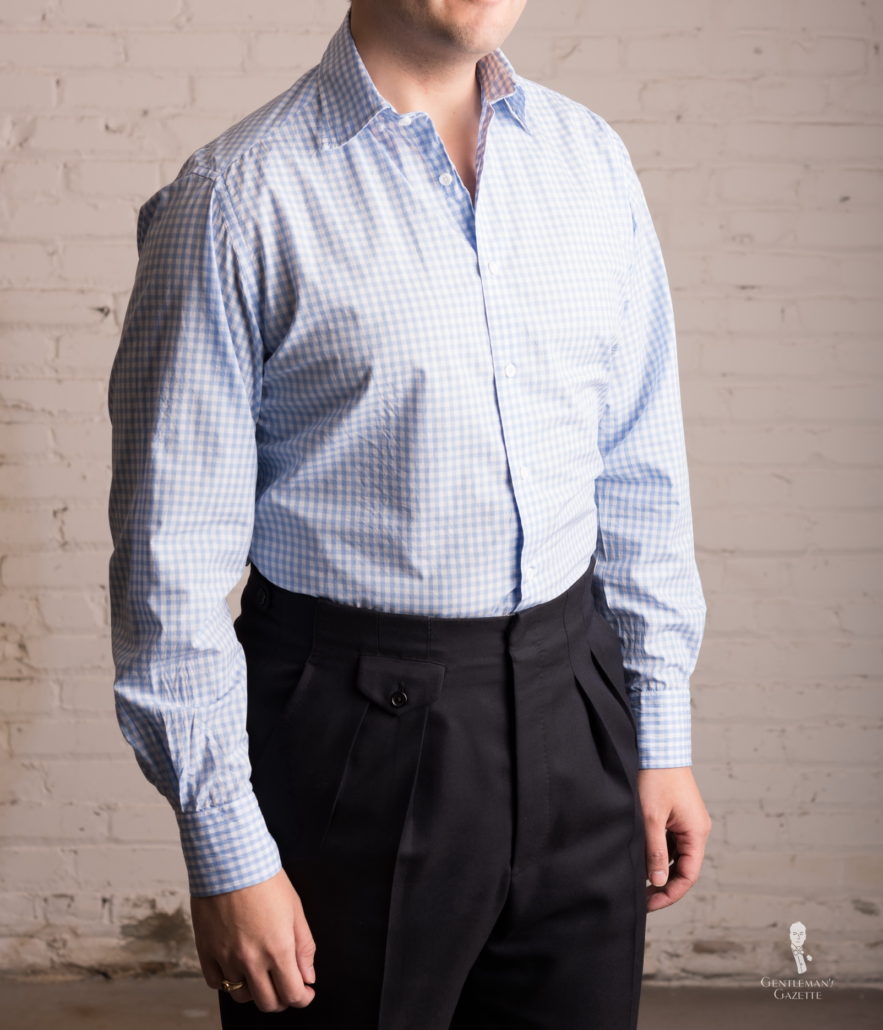
Sleeve Length for French Cuff Shirts
Ideally, a French cuff shirt should reach to the root of the thumb at all times, even when you move. If your cuff moves when you lift your arms, you have a problem with the armhole or the shirt length. Your shirt armholes could be too big, or they could be bigger than your sleeve, thus pulling the shirt sleeve up when you move. To avoid that, opt for a shirt armhole that is big enough to make you comfortable but small enough to keep the shirt cuff at the right length. Here are the considerations to make regarding french cuff or double cuff shirts with regards to achieving proper sleeve length.French Cuff Shirts Should Have a Horseshoe Shape Cuff
A French cuff or double cuff shirt cuffs should neither fit too tightly nor too loose. It should sit snugly so that the cuff forms a horseshoe shape around the wrist, without straining or sliding down over your thumb. This way, the cuff will not move up or down, even if you have a bit of an extra length in your sleeves.The French Cuff Buttonhole Should Be Positioned Closely to the Edge of the Cuff
The buttonhole should be located in the middle of the cuff and positioned rather closely to the edge because otherwise it is too tight and the excess folded fabric creates an odd “wing” on your cuff. In Britain, sometimes the buttonhole is located at the front of the cuff to display more of your cufflinks. In continental Europe, and especially in Germany, this feature was usually only seen on evening shirts or morning dress rather than on general day shirts. What you prefer is simply a matter of taste. Of course, if you are a watch wearer, make sure to leave enough space beneath your cuff for the biggest wrist watch you would wear with that particular shirt. Sizing one cuff slightly larger is a feature that can only be accomplished with custom shirts. Even then, there are sometimes huge differences in the size of watches, which means that some watches can only be paired with some of your shirts.Shirt Cuff Must Not Be Too Wide Otherwise It Slides Down
If your shirt cuff is so wide that you can slide your hand through with the cufflinks in it, your cuffs will slide down on to your hand. Not only does that look like you got a shirt from your older brother, but it also results in unsightly wrinkles.French Cuffs Should Not Be too Narrow Otherwise it Throws Off the Proportions
If your shirt cuff is too tight and narrow, it may throw off the proportion to the shirt sleeve by making your jacket sleeve appear to be oversized (even if it isn’t).Sleeve Length for Button or Barrel Cuff Shirts
Button cuffs are narrower than French cuffs because the fabric wraps around the wrist, overlapping the buttoning point. No jewelry is required to close the cuffs, which are already outfitted with buttons. Ideally, a barrel cuff should fit closely to your wrist; most men underestimate what “closely” means and overly wide barrel cuffs abound. If your barrel cuff is properly fitted, there should only be room for 1-2 fingers between your skin and the cuff. This close fit helps hold them in place, while maintaining the trimmer profile that is important for a barrel cuff. Overly wide shirt cuffs will not hug your wrist, and they will slide up and down your arm, causing them to hang to far over your hand or get bunched up under your jacket sleeve. If you wear a wristwatch, you need a little bit of extra space, but the fit should still be trim. In fact, if you order custom, MTM or bespoke dress shirts, they should be able to widen the watch wearing cuff slightly while keeping the non-watch wearing side snug.The Proper Jacket and Suit Sleeve Length
Once you’ve purchased barrel and french cuffshirts that have the proper fit, you can move on to combining them with jackets, where once again balancing the proportions is key to achieving a good look. Because the balance of both the shirt and jacket sleeve can only be perfect if they work together, you have to pay attention to both when you buy a garment. For the best results, we suggest to get the fit of the shirt cuff right first, and then select or tailor the jacket sleeve width accordingly.Jacket Sleeve Width
Jacket sleeve width varies from jacket to jacket, so you’ll need to choose the cuff that harmonizes with each jacket. Consequently, the ideal jacket sleeve width alters with the chosen cuff! Traditionally, button cuffs became the standard for sportscoats and casual garments, and French cuffs were worn with more formal suits.
To Show Cuff or Not to Show Cuff?
Many menswear guides claim that the proper amount of cuff to show falls between between 1/2″ (1.25 cm) to 1″ (2.5cm). Most guides, us included, agree that anything more than 1.25″ (4cm) is too much cuff to show; it makes the junction of your two sleeves look like you haven’t considered how they will go together. Here is a sampling of how much cuff menswear experts suggest you show under your jacket sleeve:- Alan Flusser – 1 cm (2/5″)
- Bernhard Roetzel – at least 1 cm (2/5″) of the cuff should visible but more can be ok as well
- Bert Bacharach claimed it should be just 1/4″ (0.64cm) in 1953
- Baron von Eelking suggests to show 2cm (4/5″) of cuff if they are soft, and 1cm (2/5″) for stiff cuffs you’d wear with white tie or black tie
- Sydney Barney explains in Clothes and The Man that sleeve length is a matter of taste and that you and your tailor should follow the current trend
- Nicholas Storey notes in the History of Men’s Fashion that some British bespoke tailors often prefer not to show any shirt cuff at all
- C. Northcote Parkinson wrote in the publication Parkinson’s Law that Americans show cuff and the British do not
Matching the Amount of Cuff to the Shirt Collar
At the Gentleman’s Gazette, we prefer to show about 0.5″ & 1.25cm (or a hint more) because we believe it looks best when the amount of shirt cuff visible matches the amount of shirt collar that is visible in the back of the neck. Again it is all about proportions and creating harmony in an outfit. Please watch the video for more details.What Sleeve Length is Right For You?
As you can see, there is more to a sleeve than just the proper length. At the end of the day, a lot boils down to taste. If you focus on proportion and harmony, you will always be well dressed. If you show cuff, make sure that it is not too short and focus on the fit as outlined above. If you enjoyed this guide, you might also like our guide 30 Style Mistakes & How To Avoid Them, our ebook Gentlemen of The Golden Age and 25 Tips to Dress More Elegantly.from Gentleman's Gazette https://ift.tt/1KqSOlW

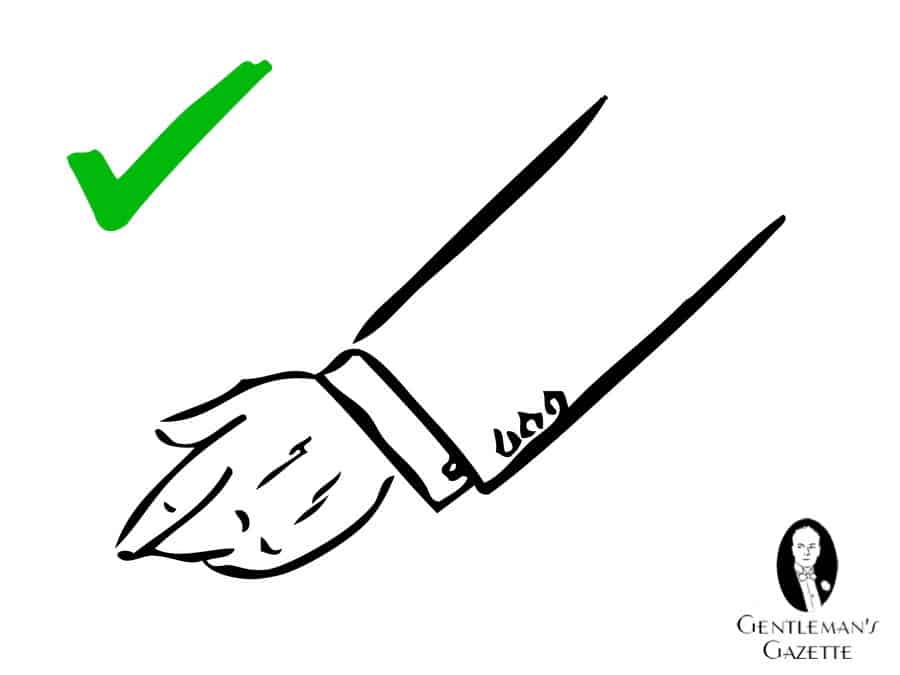
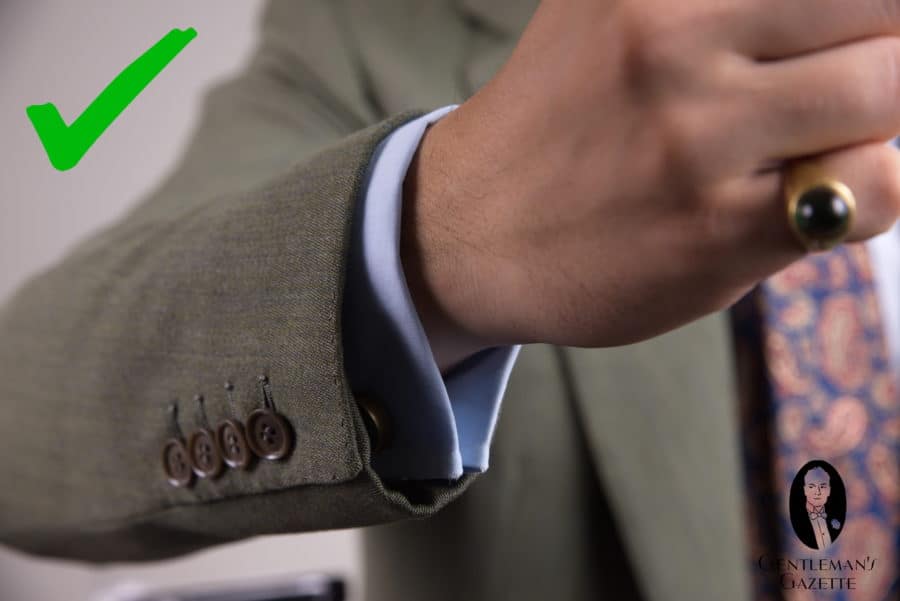
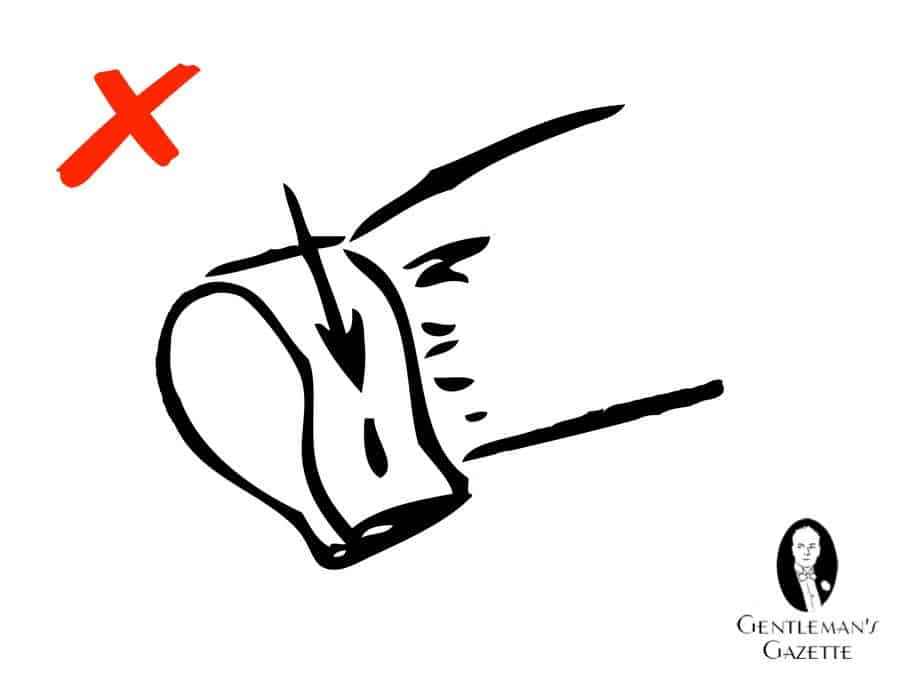
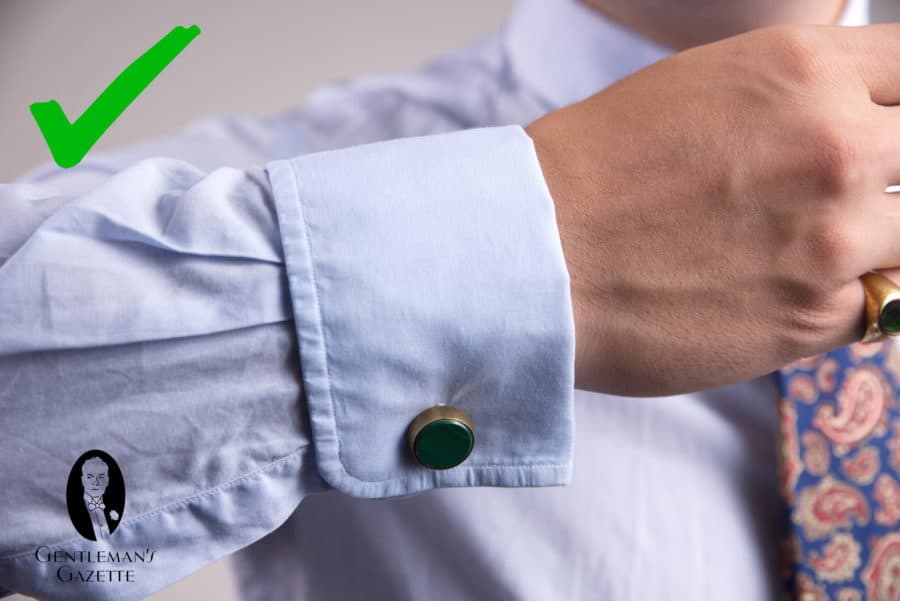
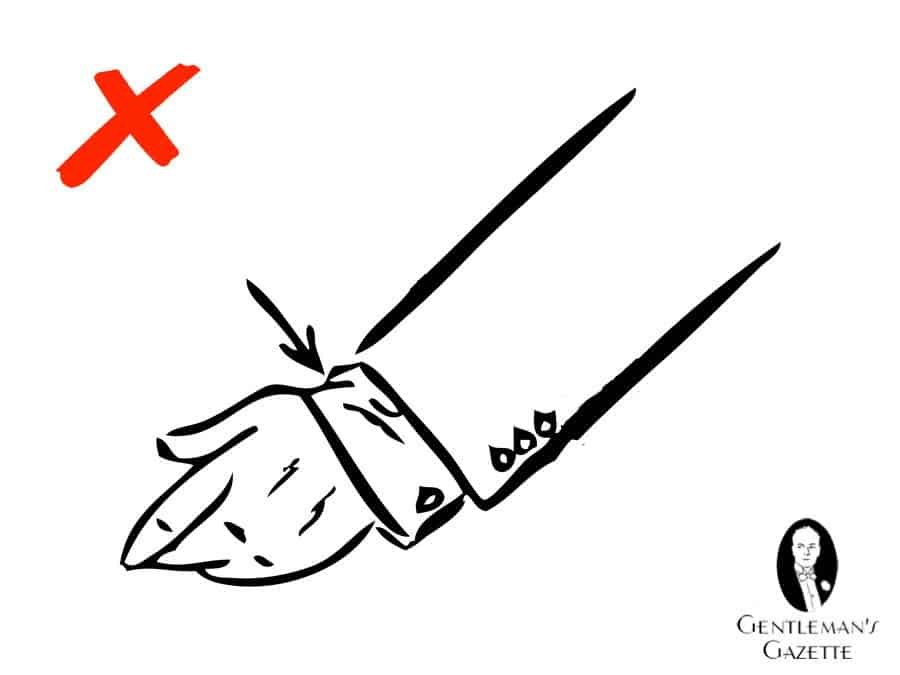
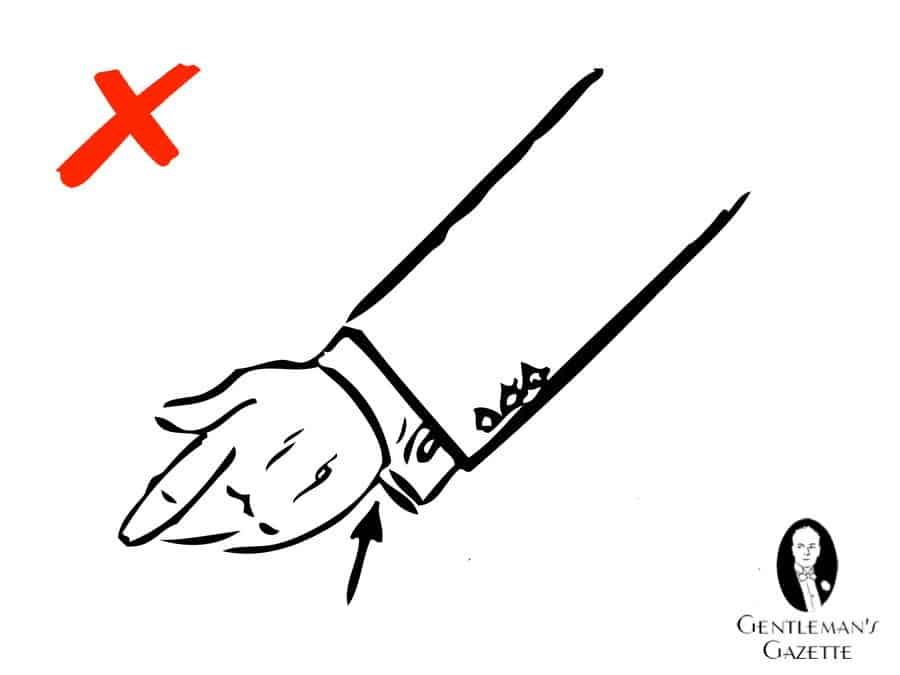
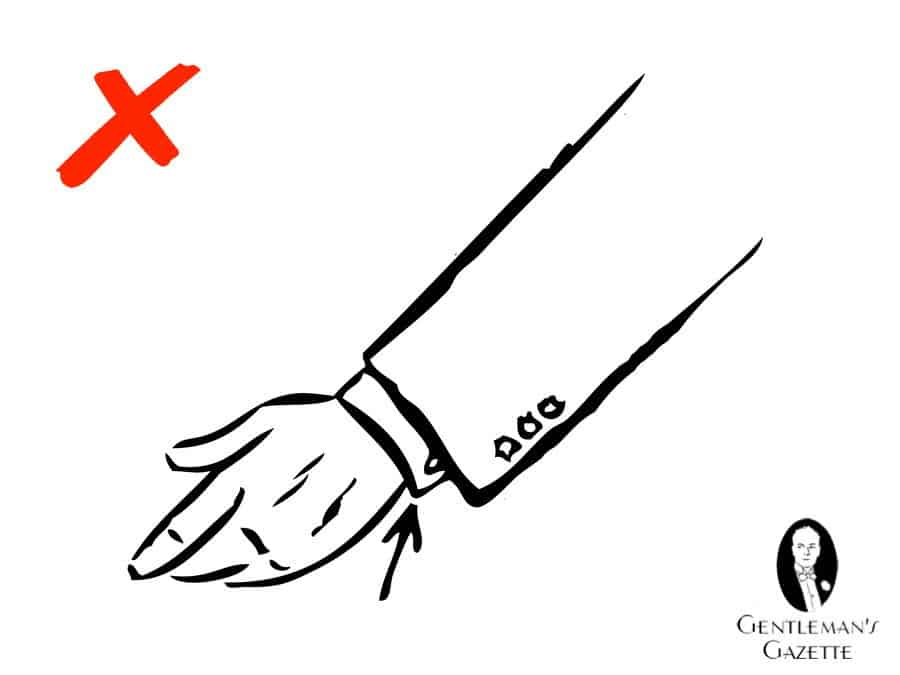
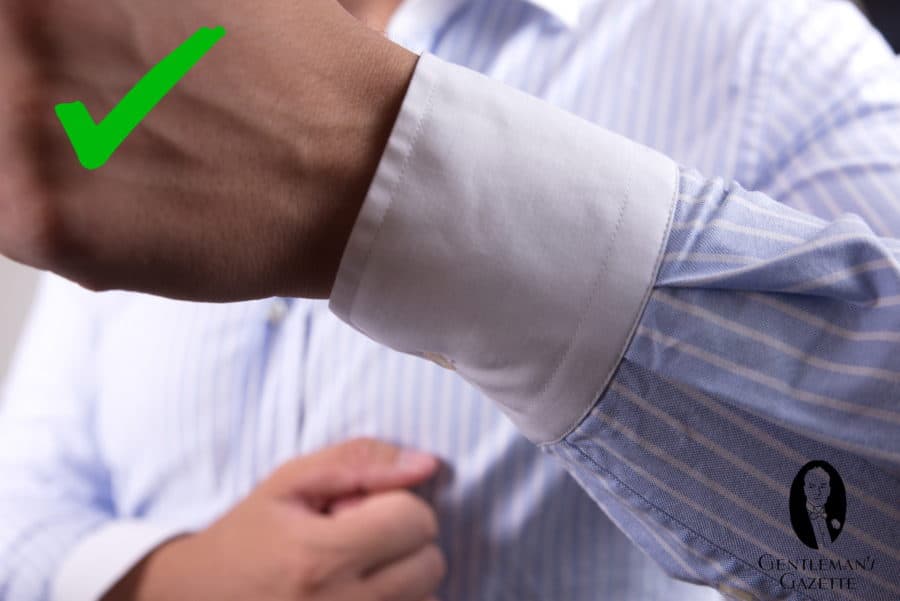
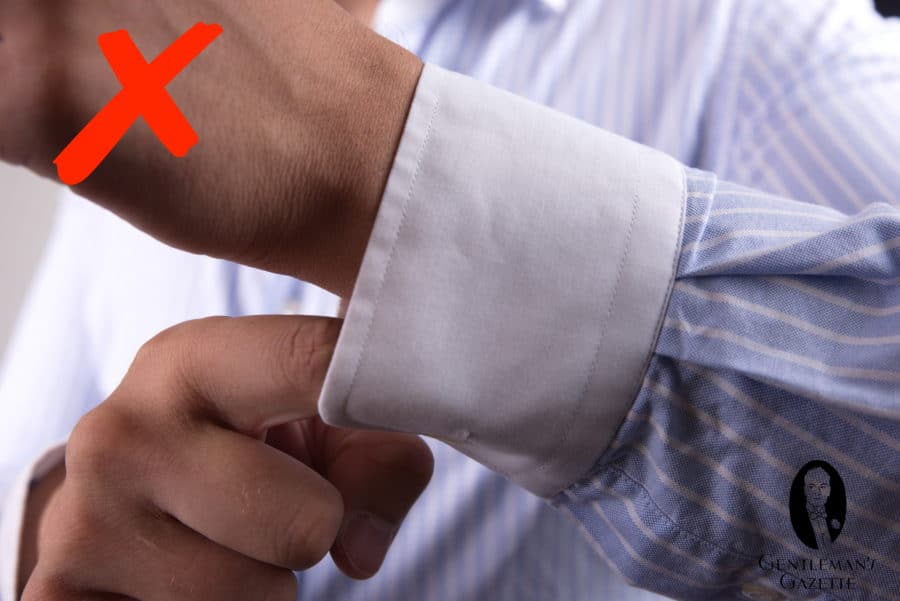
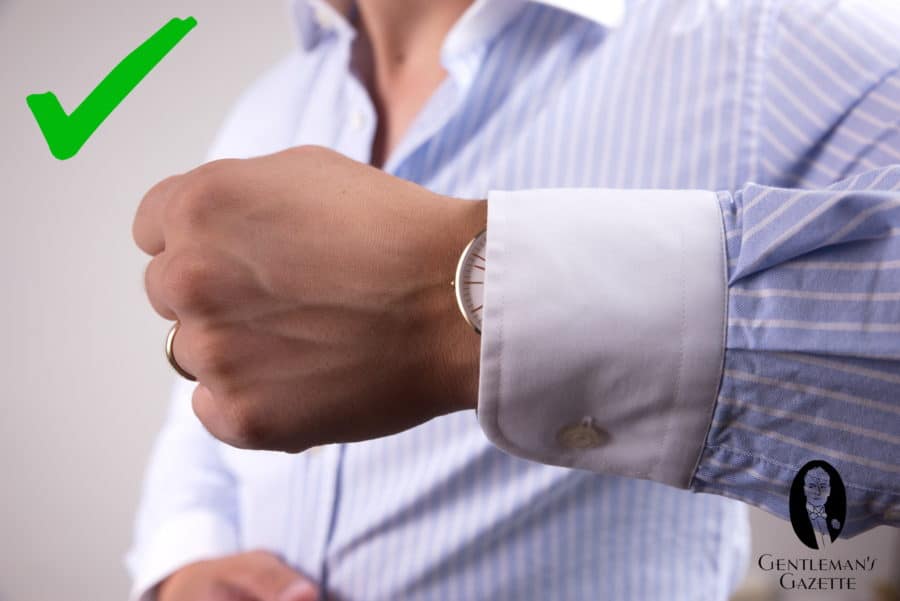
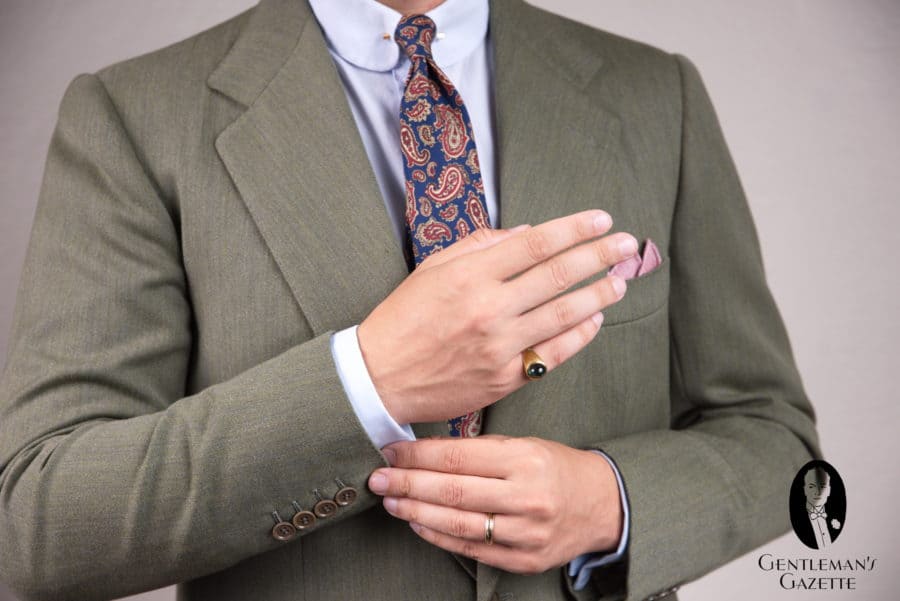
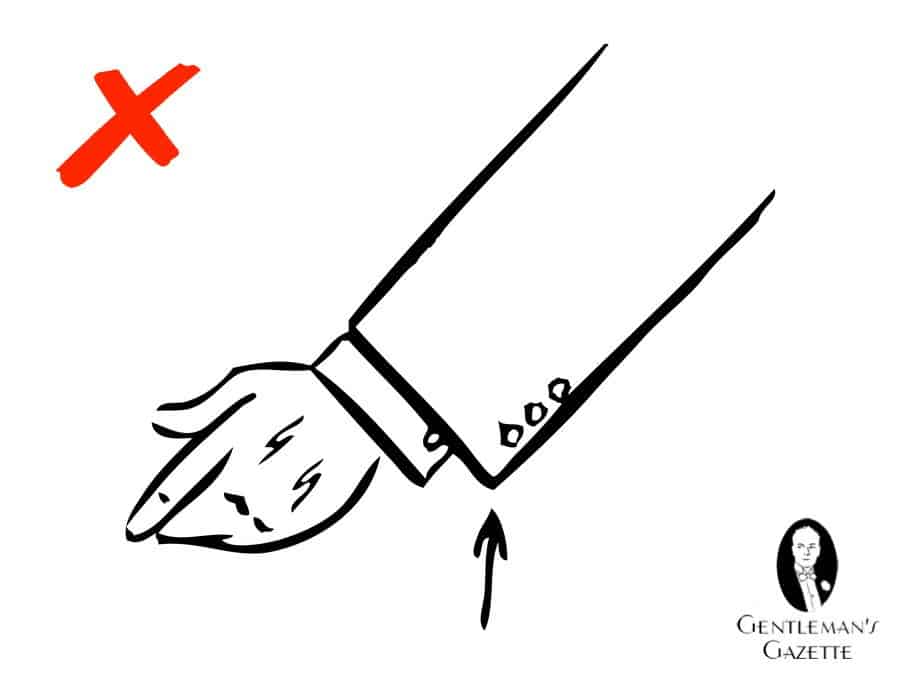
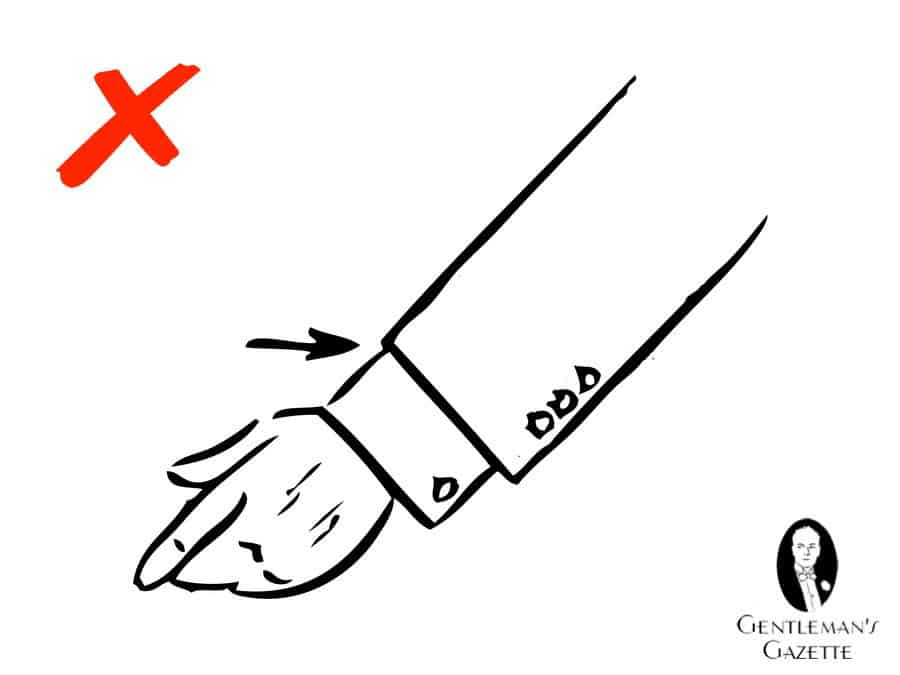
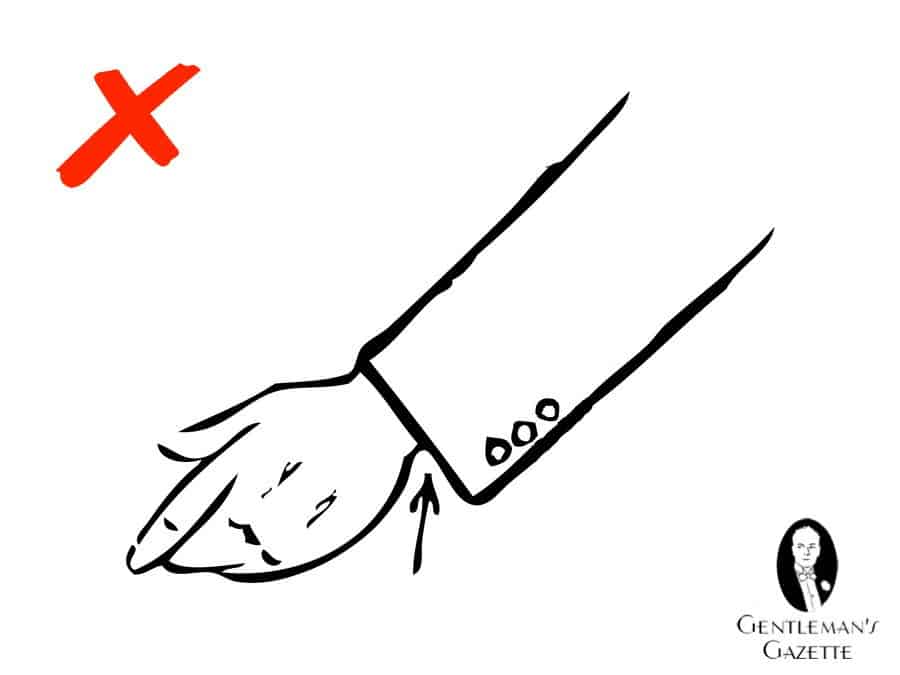
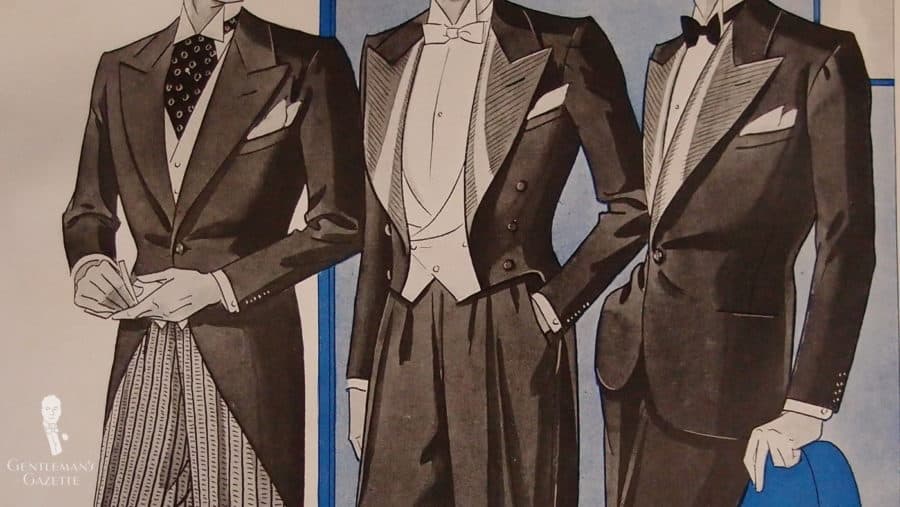
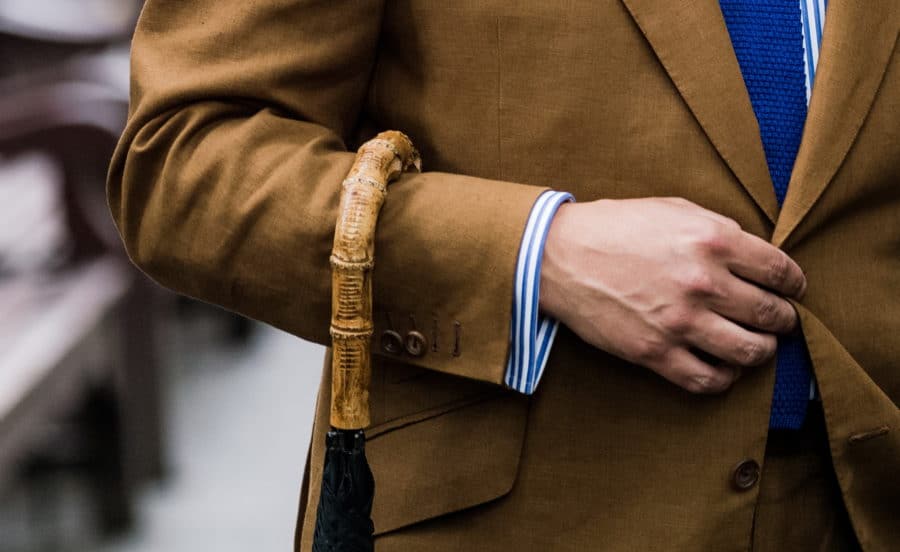
0 Comments